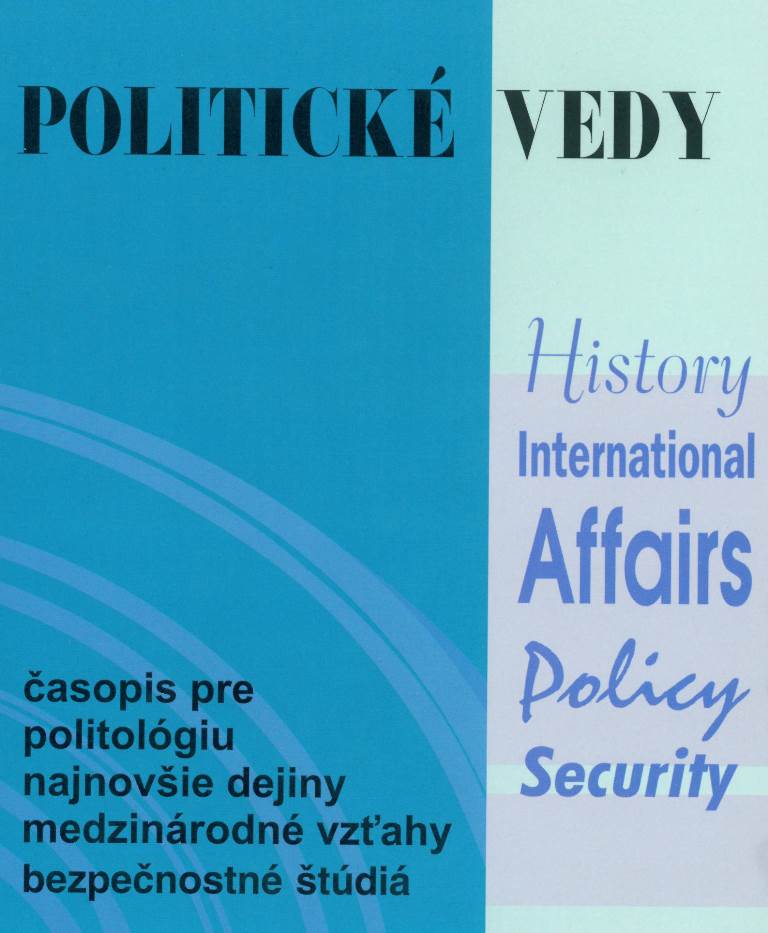Terrorism Discourse in the US - Evolution of Discourse at Presidential Level after 9/11
Terrorism Discourse in the US - Evolution of Discourse at Presidential Level after 9/11
Author(s): Zuzana BuroňováSubject(s): Politics / Political Sciences
Published by: Univerzita Mateja Bela
Keywords: Terrorism;9/11;Discourse;United States;Presidents;Counter-terrorism;
Summary/Abstract: Research on the terrorism discourse has been growing recently, however there has not been yet a research that would focus on an almost 18 years long time period and analyse all presidents of a country involved in the war on terror. This article attempts to fill this gap and analyses character and evolution of terrorism discourse in the United States at presidential level. It focuses on discourse evolution since the 9/11 attacks until the end of 2018. Author believes that it is important to know the character of discourse to be able to fight terrorism effectively, because rhetoric can influence counterterrorism measures and make them ineffective by for example being too aggressive or used for manipulation of public opinion. It uses Fairclough’s Critical Discourse Analysis and it analyses official speeches and Twitter accounts of Presidents of the United States in the studied era – George W. Bush, Barack Obama and Donald Trump. It focuses on all three levels of Fairclough´s analysis – textual, intertextual and contextual and it finds that the presidents’ discourses are different in many respects even though they share some important characteristics and they’re generally more calming throughout the time. However, all of the discourses were found not sufficient for effective counterterrorism measures. We need similar analyses of other countries to be able to change the way we present terrorism and make counter-terrorism more effective.
Journal: Politické vedy
- Issue Year: 22/2019
- Issue No: 4
- Page Range: 102-124
- Page Count: 23
- Language: English

